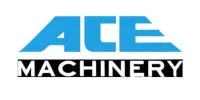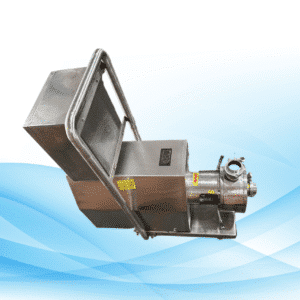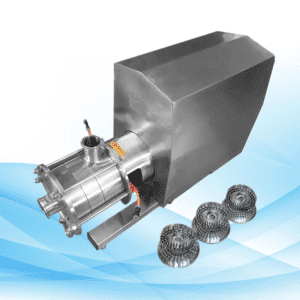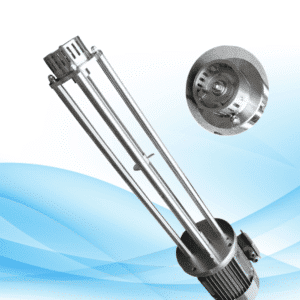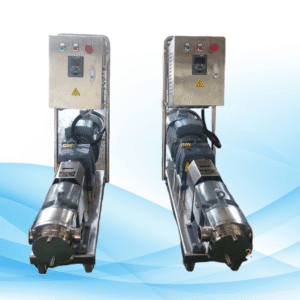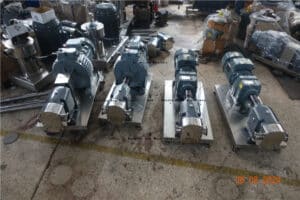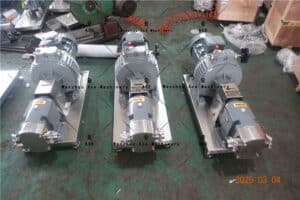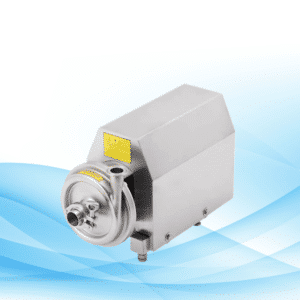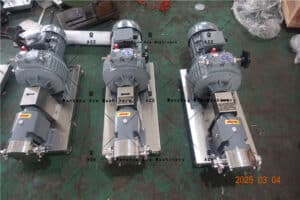Convenient Waste Oil Transfer Pumps for Oil Management
Waste oil transfer pumps play an important role in organizations and companies dealing with waste oil. In case your business is within automotive services, industrial plants or in the maritime business, utilizing such a pump is economical, safe and ensures compliance with regulations. We will look at how novice people can make use of these pumps, their advantages and the types of pumps available.
By reading this article, you will have a full grasp on how to work with waste oil transfer pumps and even use them effectively.
What is a Waste Oil Transfer Pump?

A waste oil transfer pump refers to a process of transferring unused or waste oil from one to another receptacle with a pump designed for that purpose. These pumps are crucial for various industries that produce waste oil like automotive shops, manufacturing industries, and marine ventures.
With the use of a waste oil transfer pump, one can ensure the following:
- Efficient oil transfer: Saves time compared to manual techniques.
- Safe handling: Minimizes spills and ever hazardous situations to the environment.
- Compliance: Aligns with legal stipulations on waste oil disposal.
What Is The Working Principle Of A Waste Oil Transfer Pump?

A waste oil transfer pump draws oil through a suction from sources like storage tanks. They then discharge the oil into a separator, container or any desired area. Other mechanisms such as rotary gears, diaphragm systems, or even vane pumps can break and move oil as well.
Key Features:
- Pump Mechanism: Determines how the oil is transferred.
- Flow Rate: Affects how quickly the oil can be moved.
- Power Source: Most pumps are either manual, electric or pneumatic.
- Material Compatibility: Ensures the pump is fit to handle the composition and viscosity of waste oil.
The Advantages Of Waste Oil Transfer Pump
For businesses, one good investment can be a waste oil transfer pump, as it offers considerable advantages:
- Greater Effectiveness: Transferring oil from one location to another can be fiddly. Provisioning a waste oil transfer pump can eliminate this problem altogether by making the task far more streamlined.
- Greater Safety: Waste oil can be hazardous if handled improperly. A good design of the pump minimizes direct contact, enhancing workplace safety.
- Comply With Guidance: There is a very cautious way of throwing away junk oil in certain regions, and several regulations are in place. Using a pump ensures proper handling and transfer, keeping your business compliant.
- Cost Savings: Less efficient oil transfer creates greater man-hour and material costs in the long run. In turn, this reduces profit.
Choosing the Proper Waste Oil Transfer Pump
While looking for the right waste oil transfer pump, ask yourself these questions to be sure of what you need:
- Pump Type:
- Rotary Gear Pumps: More suited to dense oils, above all else, this pump runs on a constant feed.
- Diaphragm Pumps: Designed to push contaminants or debris laden oils.
- Vane Pumps: Higher the pressure, better it works.
- Flow Rate: While we measure it in gallons every minute (GPM), the flow rate determines how quickly the pump can transfer oil. Set flow rate should be equal to operational needs.
- Power Source:
- Electric Pumps: Consume more power, but are potent. For fixed installations these are ideal.
- Pneumatic Pumps: These are most fit for use under high safety constraints.
- Manual Pumps: A cheaper solution for low quantities of oil.
- Material Compatibility: Check pump stem & material composition to be resistant against corrosion and acceptable to the oil type you’ll be handling.
- Portability: Consider small and portable pump units if you need to move during work.
Long Tail Keywords For Waste Oil Transfer Pumps
Understanding the behavior behind the phrase “waste oil transfer pump” requires the use of long-tail keywords. Let’s take a look at the links between those words.
- Best waste oil transfer pump for automotive workshops: This keyword is tailored for businesses looking for ways to dispose of vehicle oil.
- Portable waste oil transfer pump: This keyword caters to mobile users.
- Electric waste oil transfer pump reviews: This targets individuals comparing the best electric variants of the device.
- Integrated waste oil management systems with transfer pumps: This for users who are looking for complete waste oil solutions.
Best Tips To Care For Your Waste Oil Transfer Pump
Here are care measures that can be put in place to limit the construction and cost of new pumps while boosting the functionality of the device.
- Avoid Cluttering: Unclogged areas means cleaner pollution control.
- Examine Seals and Hoses: Inspect the hoses for leaks or deterioration.
- Low Friction Maintenance: Lubricate the moving parts for smooth interaction with the casing.
- Respect the Manual: Ensure that the maintenance schedule indicates the correct times.
Waste Oil Transfer Pumps Questions Explored
- What’s the difference between a waste oil pump and a transfer pump? A transfer pump is an all-purpose tool that is used to pump fluids from one place to another, whereas a waste oil pump uses a unique design that allows it to deal with used oil that is possibly contaminated.
- Is it possible to use a waste oil transfer funnel for different types of liquids? Some transfer pumps are multipurpose. Be sure to look at the user manual before attempting to use a pump for unapproved liquids.
- How do I pick the desired flow rate for my pump? Your imperatives should dictate the flow rate, the amount of oil you would like pumped, and the time available to you. For small tasks, a lower rate serves better – but a constant higher flow rate is the best option for larger operations.
- Are electric pumps more advantageous than manual pumps? If the operation requires a pump to be used for a high volume of work, then an electric pump is more efficient; alternatively, if the pumping action needs to be performed only occasionally or in small amounts, then a manual pump serves better.
- What is the best waste oil disposal technique? Firstly, use the pump to transfer waste oil into an approved collection container. After that, a licensed waste oil disposal service will help perform the task in compliance with required regulations.
Conclusion
In the oil industry, proper waste management is critical and for that, high-quality waste oil transfer pumps are essential. One can enhance efficiency, increase safety, and meet compliance requirements simply by choosing the right pump. It doesn’t matter if you want a portable manual transfer pump or a more electric-dominant pump, what’s most important is knowing what your situation calls for.
Safeguarding the environment is not just a perk, it’s a byproduct of investing in a high-quality waste oil transfer pump. Make sure you explore your choices thoroughly.
